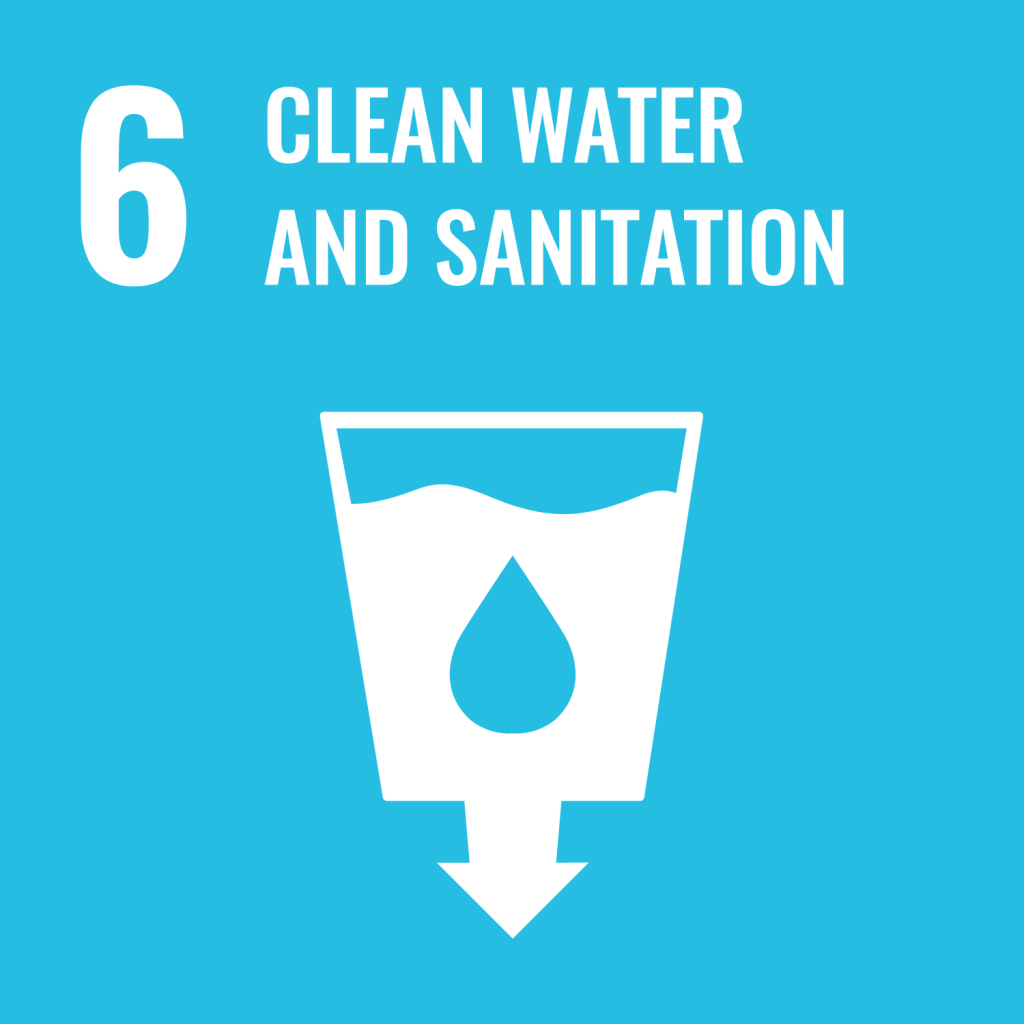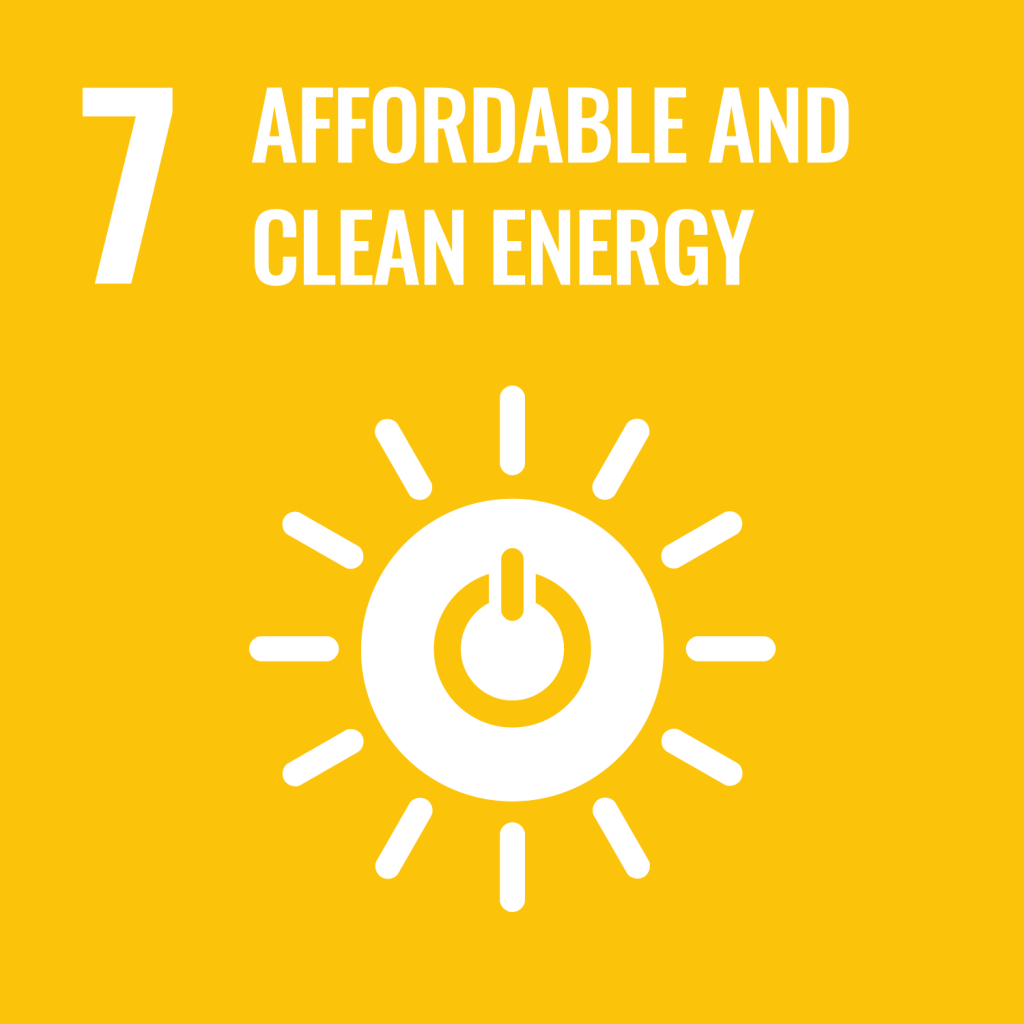Hotel Agua Blanca
Small (10-49)
Hospitality
Tourism
Background
The Hotel Agua Blanca is a hotel with hot springs that is located in the central area of Mexico, two hours west of Mexico City, in the migration area of the monarch butterfly. As such, the biggest attraction in the area is visiting the monarch butterfly reserve. This property is approximately 80 years old. It was originally a public spa, until 15 years ago when it was purchased by the Behn family in association with other participants. Following this change, the hotel was adapted to a spa and boutique hotel with an underlying goal of promoting contact with nature through ecotourism. The hotel has 20 rooms, 28 hectares, and is located in a ravine where there are several waterfalls, thermal water springs, and caves.






Sustainability Story
Hotel Agua Blanca’s adoption of tourism that is in contact with nature prompted hotel manager, Mr. Behn, to identify the need to be consistent with the message of ecology. Consequently, the first two sustainability practices were implemented: responsible management of waste, and use of renewable energies. These have been evolving since their implementation ten years ago after the hotel retrofit, guided by cost-effectiveness analyses.
Waste management started with solid waste: paper, plastic, metals; and wastewater treatment. Subsequently, the reuse of discarded glass was incorporated in other areas of the property, such as paths in the forest. The use of renewable energies resulted in the search for the implementation of three actions: the rehabilitation of a hydrological plant in a neighbouring property, the installation of a hydrological energy glass crushing plant, and the installation of solar panels to heat the water of the bedrooms. However, due to the cost-effectiveness barriers of the first two, only the third action was implemented and is still active ten years later.
From the implementation of these practices, along with dialogue with the hotel team and the clients, the implementation of the environmental education practice began to be developed from guided walks in the ravine, internal workshops for the team, and external workshops for customers and the community. Activities were also launched to promote the hotel in ecotourism and organic consumption fairs, incorporating the sale of food and medicinal products made with natural resources from the canyon.
Hotel Agua Blanca Practices
| Practice 1 | Practice 2 | Practice 3 |
|---|---|---|
| Responsible waste management | Use of renewable energies | Environmental education |
Pathway Map
Waste Management
View the Pathway MapSolar Energy
View the Pathway MapEnabling Factors for Practices
| Internal to the organisation | External to the organisation |
|---|---|
| Owner's view of the sale value of nature in the property . | Subsidies for wastewater treatment, and collection centers for recycling materials in the neighboring municipality. |
Arresting Factors for Practices
| Internal elements | External elements |
|---|---|
| Transactional costs of activities - additional workload or additional activities. | Lack of financial resources. |
| Lack of cost-effective recycling infrastructure. | |
| Effects of contamination in the basin. |
